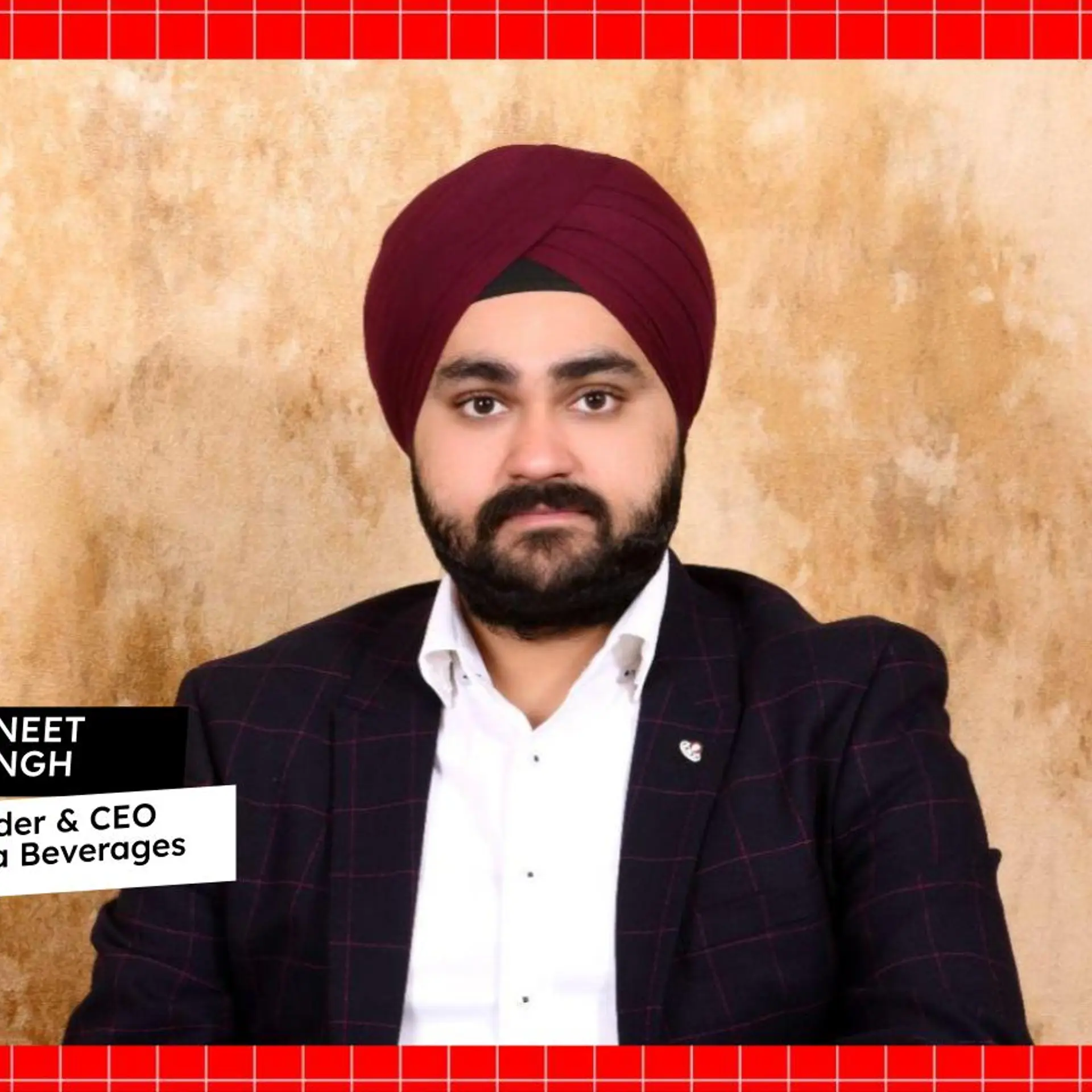Why startups need mentors to make or break in the global race
As an entrepreneur, you're juggling many things. Creating access to a network of advisors creates the ability to simply point the entrepreneur in the right direction that can have a meaningful impact.
One of the core value-adds that a few venture capitalists are able to bring to entrepreneurs is the ability to scale through introductions to customers/partners, access to downstream capital, and operational best practices. In the world of consumption (think primarily B2C), mentors for global marketing/branding as well as distribution plays a very pivotal role.
Thinking through the combination of online and offline marketing and distribution, domestic alone versus domestic and global markets, etc can often be a make or break decision for brands. It’s important to think about various drivers of success, especially as they relate to brand leadership.
Let’s dive into some of them and why do you need mentors in this effort.
Branding and distribution: The BlueStone case study
When Iron Pillar was making the investment in Bluestone, a lot of that discussion was around how to take something that's clearly found product market fit and scale it to the next level. One of the key questions was – do you need to go omni-channel? Do you need to set up stores? One relevant experience that was specifically leveraged was Warby Parker – a company founded by some of the former Wharton students.
As they were scaling, they had to go omni-channel and they had to figure out what is that right combination of online plus offline and how do you optimise each channel. As an initial experiment, Warby Parker began by opening showrooms in a few select locations.
Showrooms were lower cost than opening full-fledged stores. Next, they partnered with researchers at Wharton to measure the lift in sales after opening a showroom for zip codes that are close to a showroom versus zip codes that are not.
They found out that when a showroom opens, new customers discovered Warby Parker, driving increase in revenues at not just the showrooms but also the online channels. Also, many existing customers migrated from certain expensive channels (like their home try-on programme) to the less expensive showroom channel.
This improved match between customers and channels helped bring down operational costs as well. The success led Warby Parker to expand the number of showrooms and eventually convert the showrooms into full-fledged stores.
A couple of years after the Iron Pillar investment in Bluestone, the entrepreneur then started thinking very seriously about omnichannel. The challenge here was jewellery – a high ticket purchase where people want to touch and feel the product. They had come up with a programme where they would ship the product home for people or send it to the home or office with someone for people to try on the jewellery before making the purchase.
But how do you increase awareness of the brand, how do you figure out what to do offline? what does offline even look like? The entrepreneur was a seasoned executive. He was at Amazon before, knew ecommerce and came from a family where they had experience building businesses.
How did Warby Parker do it? How did Bonobos do it? We were able to also connect him with some of the investors and operational executives at Warby Parker to learn about the do’s and don’ts of a multi-channel strategy first hand.
Entrepreneurs’ blind spots
The biggest mistake in growth stage that brand management teams make is thinking that what has worked so far will continue working. They reach that conclusion because they've already found product market fit, they've found a way to reach their customers, the customer acquisition strategy, they’ve found a way to service them, and all that's fine but usually it doesn't scale beyond a certain point.
Now you need to unlock a new way of doing sales or new way of servicing customers, and so on. That’s why most entrepreneurs who make it to a certain point are not able to elevate their business to that next level. A lot of entrepreneurs assume that the growth comes from doing more of the same.
The typical thought process is – “I did a certain amount activity that got me to say a revenue of five million dollars; let me do that ten times more, hire more people and do that at ten times the level or velocity and I’ll get to 10x revenue of 50 million dollars.” The challenge is that it doesn't work as simple as that, and companies need to really change their strategy and embrace discontinuous changes.
Need for mentorship
As an entrepreneur, you're juggling many things. It is standard psychology that when you are so emotionally invested in your startup, you start to lose some clarity. Creating access to a network of advisors creates the ability to simply point the entrepreneur in the right direction that can have a meaningful impact.
Some entrepreneurs may still go through the process to arrive at the same conclusion that they are headed in the wrong direction, but this is exactly what the mentor’s role is – be a brutally honest sounding board.
As serial entrepreneurs build their next companies, what they realise is that having a lot of different people to reach out to is really creating a strong advisory board for their venture. One would think that 10-15 years later, having done it a few times, and after having successful startups, entrepreneurs would lean less on others, but actually they would be leaning on them more having learnt from their past mistakes.
India evolution – thinking big
India has evolved from 2007-08 onwards. The country has gone through multiple phases, and thankfully, every phase lifts India further – both in terms of absolute value of accomplishment and aspirational value of where India and Indian entrepreneurs can go.
Entrepreneurs used to think – ‘if I can get to a 10 million dollar company, that's a massive success.’ Now they are thinking of not just one billion dollars in value, but a billion dollars in revenue!
Every company wants to be a unicorn and that mindset shift has been remarkable to see, and part of it is thinking big because they've witnessed success. That applies to both consumer and enterprise software/SaaS companies. The unicorn creation is definite proof of that aspiration and execution.
There has been democratisation of all sorts of capital – technology capital, human capital, financial capital – so you can build world-class companies from India for global markets. There will be consumer brands created in India that are going and will continue to go global.
There are also waves of enterprise SaaS companies that are leveraging India in large part because now you have the talent available. There was a dearth of talent back in the mid 2000s, but as the startup system evolved, so has the talent pool. The combination of startup and larger tech company experience in the US and India has led to a sizable pool of relevant experience and expertise, to help startups scale faster.
Going forward, companies will be able to leverage India to the fullest, have product development along with inside sales, customer success, account management etc. The front-end sales and marketing may still need to be here in the US, but you're going to see a tsunami of fantastic companies come out of India.
There are already many examples on the consumer front with brands like Nykaa, Paper Boat, etc. On the enterprise front, there are well-known names like Inmobi, Freshworks, Druva, Zoho etc. Around five to 10 years from now, there will be dozens of global brands known throughout the world, but originating from India.
Edited by Kanishk Singh
(Disclaimer: The views and opinions expressed in this article are those of the author and do not necessarily reflect the views of YourStory.)








